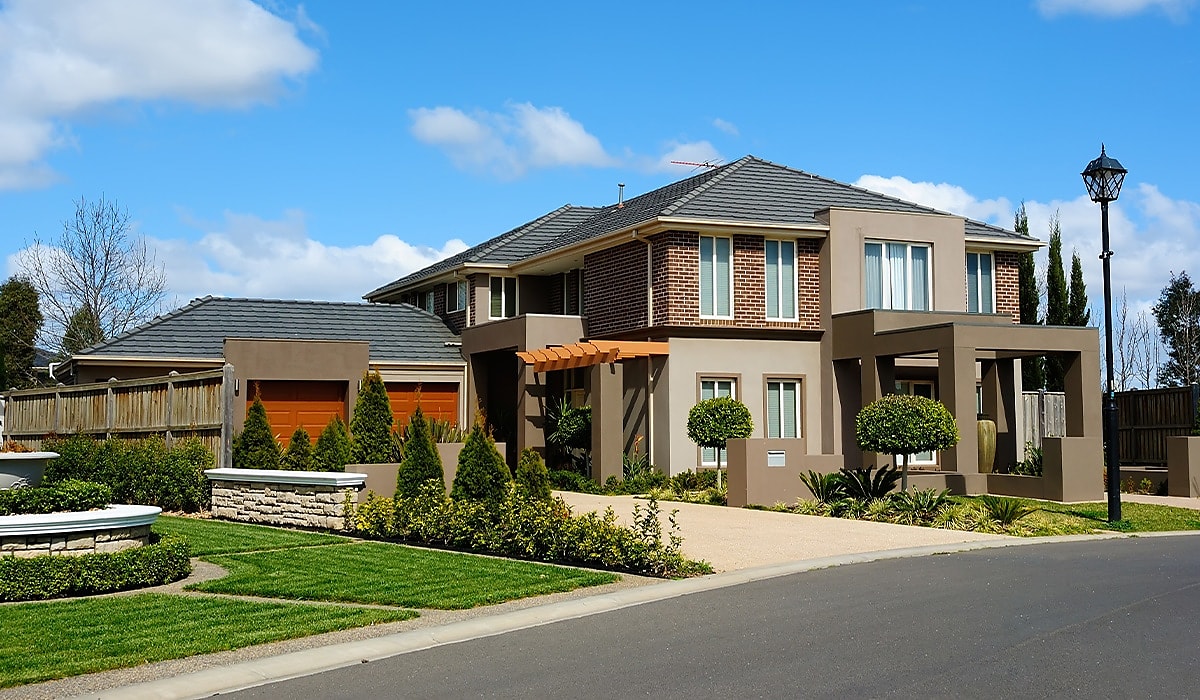National home values grow slow
National home values have remained steady in January, with regional markets recording substantial monthly growth compared to capital cities.

Dwelling values across the country remained steady in January, falling by only -0.03 per cent, according to the latest CoreLogic Home Value Index.
The report showed the national home values were mostly dragged down by the capital cities, where values dropped by -0.2 per cent, while combined regional areas rose by 0.4 per cent in January, reaching 5.8 per cent annual growth.
In January, three of the eight capital cities saw their home values decline, with Melbourne recording the sharpest drop at -0.6 per cent, while the ACT and Sydney saw their home values drop by -0.5 and -0.4 per cent, respectively.
In comparison, Adelaide and Darwin recorded the highest monthly growth, increasing dwelling values by 0.7 and 0.6 per cent, respectively.
CoreLogic’s research director, Tim Lawless, said Adelaide’s home value growth has been consistent.
“Adelaide has shown a more resilient trend, although the pace of gains is slowing, value growth has led the capitals over the past six months with a 4.8 per cent gain,” Lawless said.
The report showed that Australia’s top markets, Brisbane and Perth, have lost momentum and recorded a monthly growth of 0.3 and 0.4 per cent, respectively.
“Perth is now recording a slower rate of growth than Brisbane and Adelaide over the rolling quarter,” Lawless said.
“In the June quarter of 2024, growth in Perth home values was 7.1 per cent, easing back to just 1 per cent growth in the three months to January.”
CoreLogic data showed that annual growth in national home values has dropped by more than half since peaking during the 12 months ending February 2024 with 9.7 per cent, slowing to 4.3 per cent in January 2025.
Melbourne recorded the sharpest annual drop in home values at -3.3 per cent, followed by the ACT at -0.5 per cent and Hobart at -0.4 per cent.
Over the same period, Sydney’s home values increased by only 1.7 per cent, the lowest annual gain since June 2023.
Despite home values growing slowly, Sydney remains the most expensive capital city across the county, with a median dwelling price of $1,193,228.
Perth recorded the highest annual home value increase at 17.1 per cent, followed by Adelaide with 12.7 per cent and Brisbane with 10.4 per cent.
While capital cities’ home values barely grew in January, regional markets saw a more consequent growth at 0.4 per cent.
Lawless said regional markets have slowed in value growth, but the combined regional index has been growing faster than the capitals for most of 2024 and into 2025.
“Regional markets seem to be benefitting from a second wind of internal migration, along with an affordability advantage in some markets, and what looks to be some permanency in hybrid working arrangements across some occupations and industries,” Lawless said.
ABS data on working arrangements showed that 36.3 per cent of employed people usually worked from home in 2024 compared to 32.1 per cent in 2019.
Regional Victoria was the regional market where values declined over the past 12 months, down by -2.6 per cent.
The CoreLogic Home Value Index also showed that rent values increased slowly in January, recording a 0.4 per cent growth.
Capital cities across the country recorded a small rise in rents over the month, which, according to Lawless, shows that the rental market is easing.
Over the last 12 months, rents nationwide increased by 4.4 per cent, more than double the pre-COVID decade average of 2 per cent annual growth.
Sydney and Melbourne, the two largest rental markets, recorded the largest fall in rent over the past six months, dropping by 0.4 per cent and 0.6 per cent, respectively.
Lawless said the other capital cities recorded a small rental growth as net overseas migration and larger households helped ease the rental demand.
“Finally, renters are seeing some relief after a period of extreme rental growth,” Lawless said.
“Over the past five years capital city rents have surged by 37 per cent. The previous five-year period saw rents rise by just 5 per cent.”
In comparison, regional market rental growth has been stronger over the past three months, with a 1.6 per cent increase.
Lawless said while the national home values are down, the anticipated Reserve Bank of Australia’s rate cut could shift the market prices.
“Lower mortgage rates and a subsequent lift in borrowing capacity as well as an under supply of newly built housing could be setting the foundations for a relatively shallow housing downturn,” Lawless said.
“But the easing cycle for interest rates is likely to be a gradual one, and we also have the ongoing headwinds of affordability constraints, normalising population growth and generally soft economic conditions to contend with.”
“All things considered, the likelihood of a significant growth cycle over the coming year remains low,” Lawless concluded.
